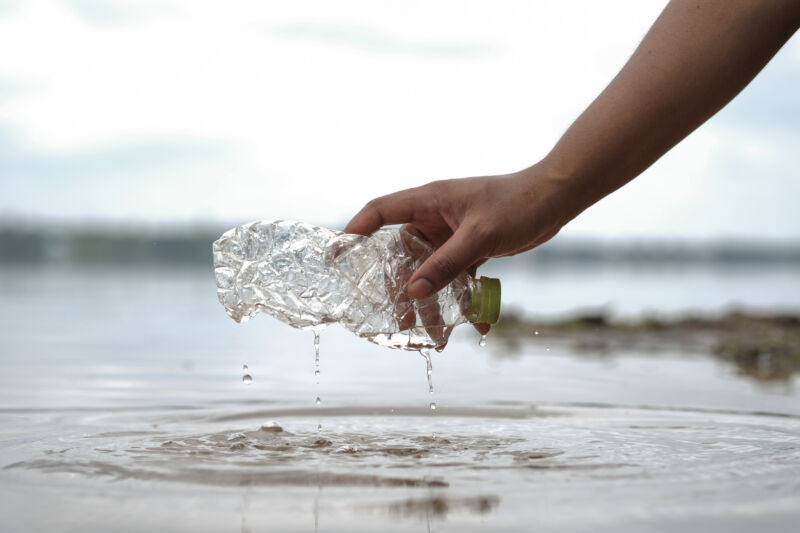
A survey of plastic waste picked up in the North Pacific Subtropical Gyre—aka the Giant Pacific Garbage Patch—has revealed that the garbage is providing a home to species that would otherwise not be found in the deep ocean. Over two-thirds of the trash examined plays host to coastal marine species, many of which are clearly reproducing in what would otherwise be a foreign habitat.
The findings suggest that, as far as coastal species are concerned, there was nothing inhospitable about the open ocean other than the lack of something solid to latch on to.
Into the deep
The work isn't a complete surprise, given the aftermath of the 2011 Tōhoku earthquake and tsunami, which swept various debris, including entire docks and boats, across the Pacific Ocean and onto North American shores. Coming ashore with the wreckage were a number of Japanese coastal marine species, which indicated that they could survive for long periods adrift in the ocean—the longest officially recorded trip was six years, although the debris might have been in coastal environments for part of that time.
Their survival was somewhat of a surprise. Some coastal species, like mussels, barnacles, and anemones, clearly need to latch on to a surface as part of their normal life cycle, and so find the open ocean inhospitable. Other species that stick near land, while mobile, may rely on nutrients or prey that is limited to coastal waters. But there are several other potential barriers, such as nutrient availability, that could limit species' survival in the deep ocean and thus provide a barrier that separates species on opposite shores of the ocean.
The rafting of species on fallen trees or mats of seaweed was known to occur. But biological materials like these rafts tend to have a short life span in the ocean, as they become waterlogged and sink or digested and decay. Plastics, especially things like buoys, floats, and netting, are often designed to hold up in the difficult marine environment and could provide a stable home at the top of the water column.
To find out whether that was taking place, the researchers collected over 100 plastic debris items from the North Pacific Subtropical Gyre in late 2018/early 2019. While a handful of items could be assigned to either Asian or North American origins, most were pretty generic, such as rope and fishing netting. There was a wide variety of other items present, including bottles, crates, buckets, and household items. Some had clearly eroded significantly since their manufacture, suggesting they had been in the ocean for years.
Critically, nearly all of them had creatures living on them.
Reader Comments (49)
View comments on forumLoading comments...